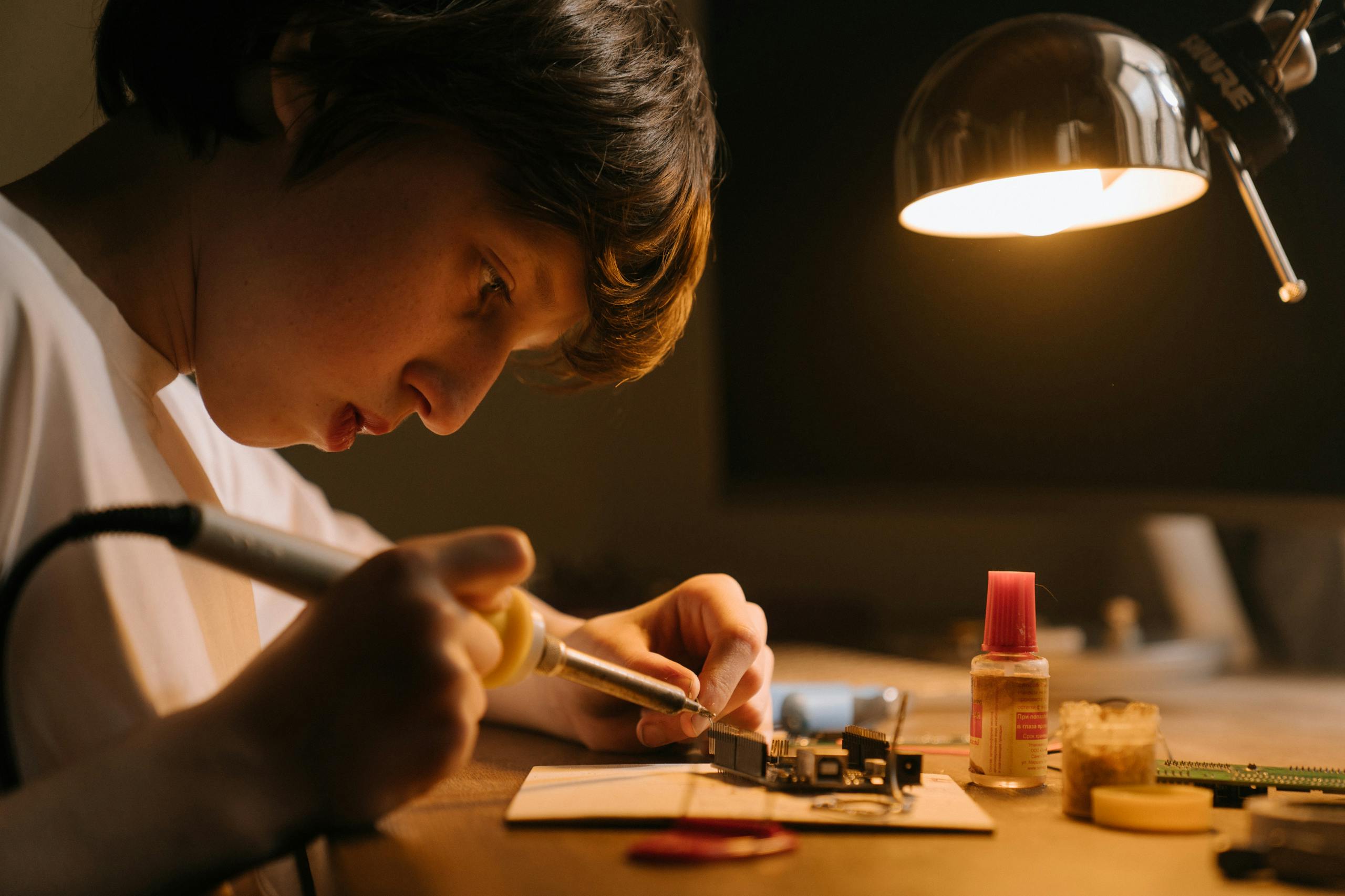Troubleshooting Process
Welcome to our troubleshooting guide! This step-by-step process will help you diagnose and potentially fix issues with your item. Remember, safety first!
1. Identify the Problem
- What is the item supposed to do?
- What is it doing (or not doing) instead?
- When did you first notice the problem?
2. Visual Inspection
- Check for obvious damage: cracks, loose parts, frayed wires, etc.
- Look for signs of wear and tear
- Check for any unusual smells (like burning odors)
3. Gather Information
- Find the make and model of your item
- Look up common issues for this type of item
- Check if there are any known recalls or common faults
4. Test Basic Functions
- If it’s an electrical item, is it properly plugged in?
- For battery-operated items, try fresh batteries
- Check the power source for loose wires, etc.
- Test all switches, buttons, and controls
5. Isolate the Problem
- Try to narrow down which part of the item is malfunctioning
- If possible, test individual components separately
6. Research Potential Solutions
- Look up repair guides for your specific item
- Check online forums for similar issues and solutions
7. Attempt Simple Fixes
- Clean the item thoroughly
- Tighten any loose connections
- Lubricate moving parts if appropriate
8. Know When to Seek Help
- If you’re unsure about any step, ask a volunteer
- Don’t attempt repairs beyond your skill level, especially with electrical items
9. Document Your Process
- Take notes on what you’ve tried
- This can be helpful if you need to consult with a volunteer
Remember, the goal is to learn and understand your item better. Don’t be afraid to ask questions and take your time with each step!


